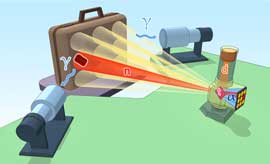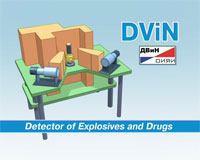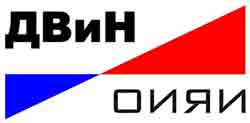Tagged neutron method (TNM) includes radiation of the item under inspection by neutron flux of 14 MeV energy arising in d+t→α+n (Fig.1). A neutron source is a portable neutron generator with built-in multichannel α-detector. Registration of α–particle in coincidence with characteristic nuclear γ-radiation, arising as a result of inelastic scattering A(n,n'γ)A of tagged neutron with atomic core of the substance being inspected allows identifying substance according to its elemental composition. It is achieved by measuring energy distributions of characteristic γ-radiation.
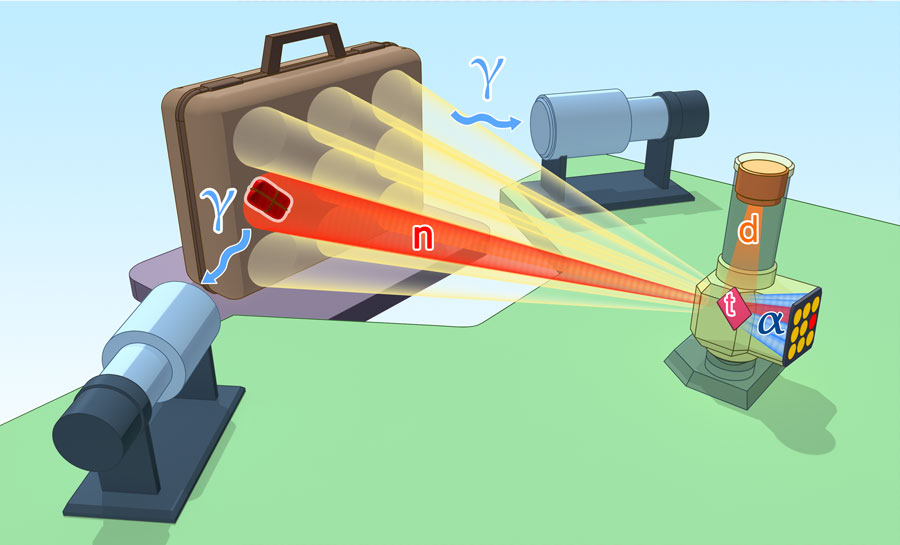
Fig.1 Diagram of Tagged Neutron Method.
The detector allows radiating the item under inspection simultaneously by 64 beams of tagged neutrons. Substance elemental composition analysis occurs independently in all tagged beams that allows determining 3D location of a hidden object and get its elemental “image”.
TNM is not limited to detecting only one substance, for example, nitrogen. To the contrary, lines of carbon, oxygen, nitrogen, sulphur, chlorine, silicium and other substances are used for substance identification. Identification of explosives, drugs and other dangerous substances is based on the fact that dangerous substance elemental composition differs from common unhazadours substances. It is illustrated by CNO diagram which is an equilateral triangle which sides symbolize С (carbon), N (nitrogen) and О (oxygen) quantity in the substance. Each substance is characterized by a point inside this triangle which position corresponds to percentage composition of C, N and O in substance elemental composition.
Fig.2 shows position of different explosive and common substances in CNO triangle. Common substances are shown by green squares, explosives and drugs are shown by different symbols.
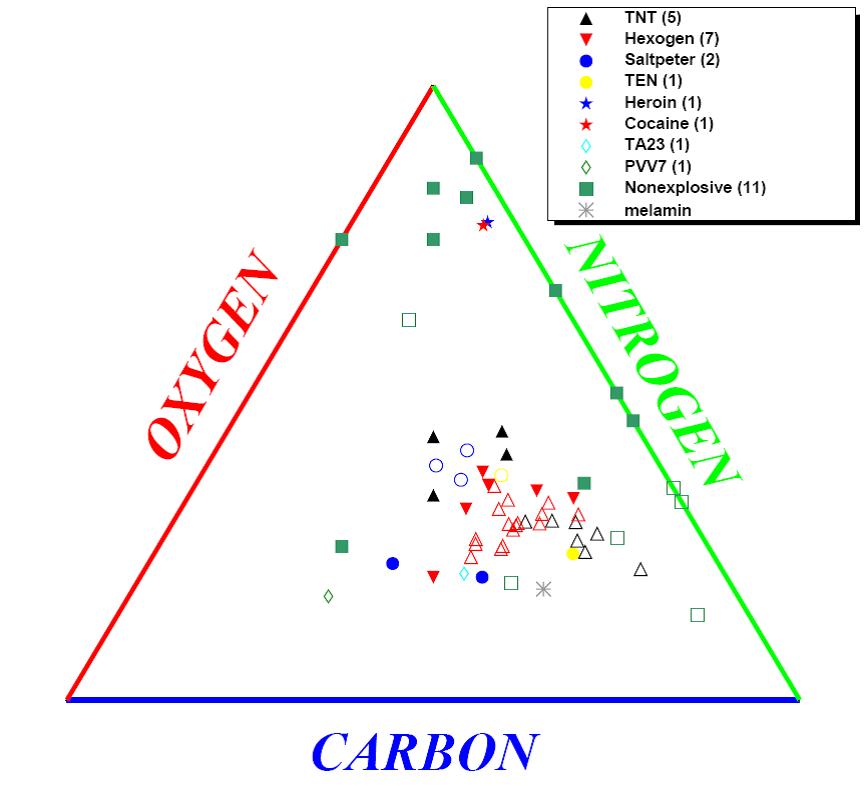
Fig.2 Position of Common and Explosive Substances in CNO Triangle.
It can be seen that explosives are in the central area of CNO triangle and common substances are mainly along triangle borders. It helps to differentiate explosives according to their elemental composition.




